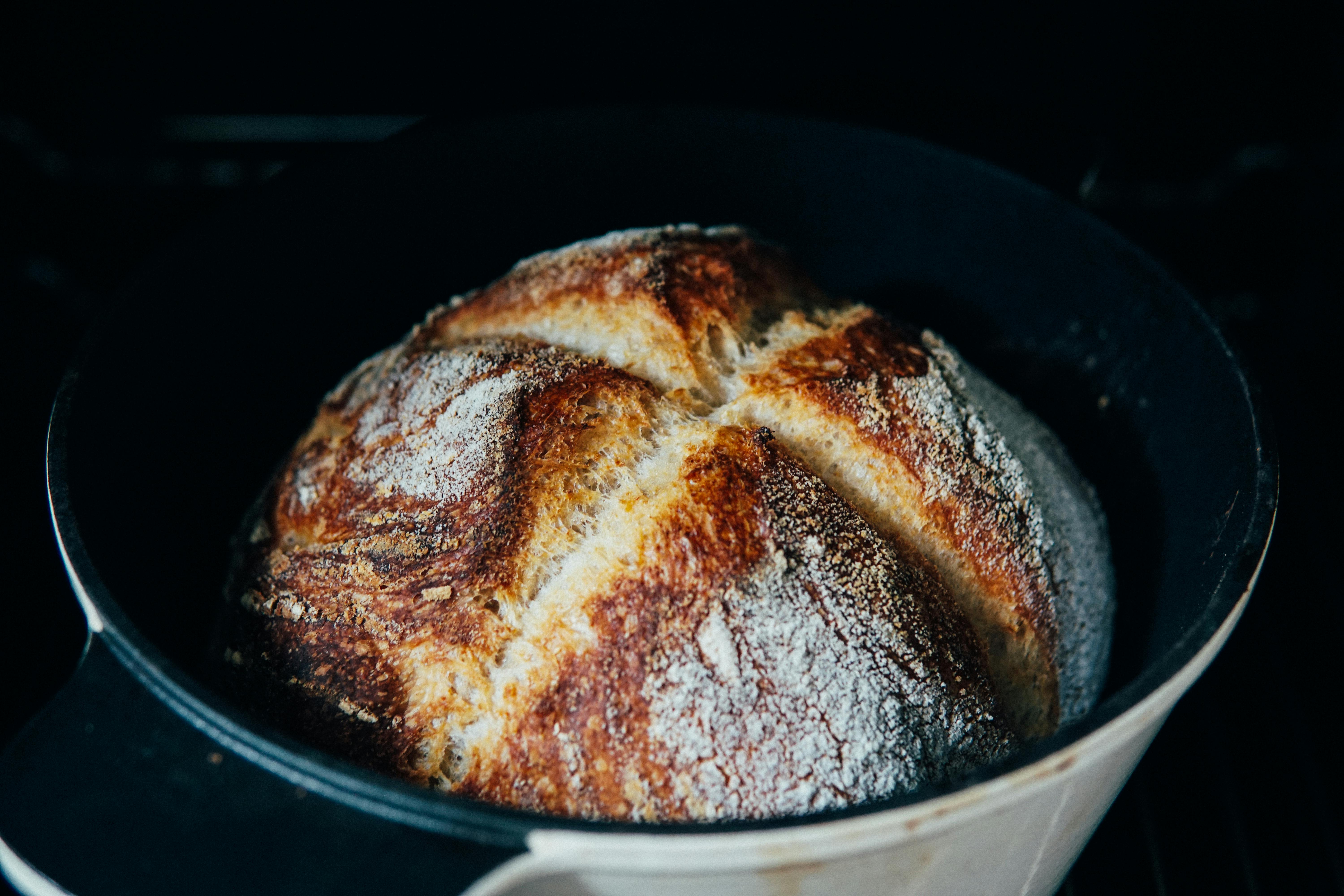Remember that old song “Secondhand Rose,” about the young woman who seemed to have all the secondhand things in life? That’s the idea behind the home decor style known as Shabby Chic, and more and more people are turning to it as a way to have a stylish home without the high cost.
Flexibility is key if your goal is Shabby Chic, because the term itself has different meanings depending on who is using it. It’s like deciphering real estate ads. Where “cute” or “cozy” might mean a house so small that mice are hunched over, Shabby Chic might mean something of character that has a few scratches, or something of quality that has seen some hard times. Its value lies in its original quality and durability, making it worth repairing.
Using Shabby Chic as your home decor means developing a keen eye for a piece of furniture, fabric, trinket or other object that could be used but is still a few years old. Above all, something that qualifies as this type of style exudes that indefinable quality of charm.
Practically, Shabby Chic finds often have peeling paint, rust, greenness as in tarnished copper, or nicks, dents, and scratches. Imperfections don’t matter; in fact, they add to the charm of it. What matters is the quality underneath.
When browsing thrift stores and flea markets for your Shabby Chic look for faded quilts, especially patchwork designs. Keep an eye out for old patterned fabrics like Cabbage Rose, lace curtains and tablecloths, and cushy overstuffed armchairs that just need a little TLC.
To successfully decorate in the Shabby Chic style, follow these guidelines:
Look through your storage spaces and those of family, friends, and neighbors for unused furniture, fabrics, or home decor accessories. Next, regularly browse flea markets, garage sales, and thrift stores. It takes time, but the results are worth it.
Carefully select a few items to match your existing furniture and décor. You could try whitewashing or painting furniture, but remember that distressed surfaces make for Shabby Chic. To speed up the look of age, lightly sand wood furniture in several places.
Think of color schemes that focus on muted gray, white, or cream backgrounds. Accents come from faded pinks and greens, sometimes with a bit of blue. Forget neons and primary glows. They are too fresh and vivid for this style. Instead, think about things that have faded over time, especially curtains and upholstery fabrics with flowers, stripes, or plaid.
Cover the tables with old scarves and candles, and put lots of pillows on the furniture. Old coffee table books on gardening and flowers are a nice touch too.
Finally, remember the wise words of the old horse tamer in that wonderful movie “Seabiscuit”: “You don’t throw away a whole life just because it’s a little beat up.” Objects with visible flaws, blemishes, nicks, teeth, scratches – they all have a home in Shabby Chic design.
This last guideline is especially good news for those of us who inherited chipped and chipped glassware and china that our mothers, aunts, and grandmothers couldn’t bear to throw away! Thanks to the Shabby Chic design, we can display these tarnished heirlooms with the pride our ancestors took when they were shiny and new.
